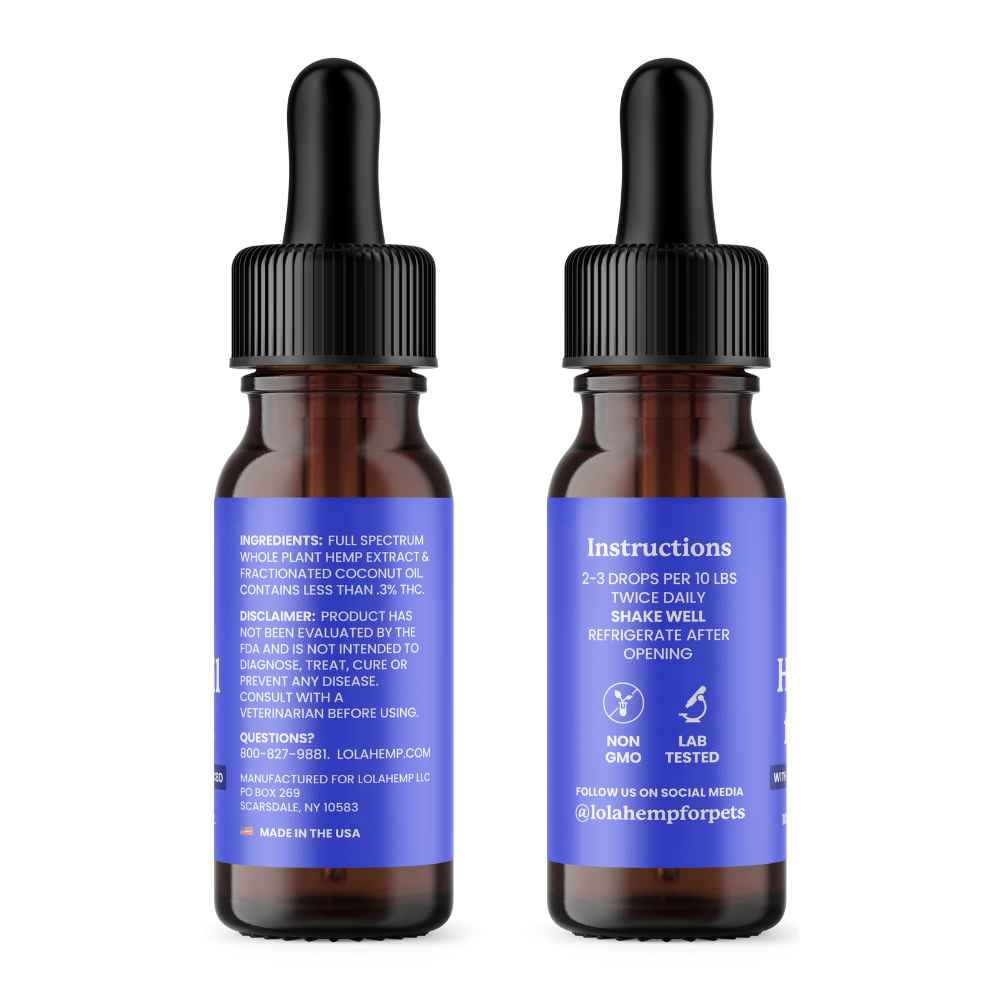Feline Arthritis FAQs
Can feline arthritis be cured?
No, feline arthritis cannot be fully cured because it involves permanent degeneration of joint cartilage. However, symptoms can be effectively managed with pain control, supplements, lifestyle adjustments, and in some cases prescription medications from your veterinarian.
What are the first signs of feline arthritis?
Early signs of feline arthritis include reluctance to jump, reduced activity, stiffness after rest, irritability, decreased grooming, and changes in litter box habits. These subtle changes often appear before obvious limping.
How is feline arthritis diagnosed?
Veterinarians diagnose arthritis through a combination of physical examination, observing mobility issues, and imaging such as X-rays to identify cartilage loss, bone spurs, and joint degeneration.
What treatments help cats with arthritis?
Cats with arthritis often benefit from NSAIDs, pain relievers like gabapentin, joint supplements (omega-3s, glucosamine, chondroitin), weight management, physical therapy, environmental modifications, and natural options such as CBD oil.
Can weight loss help cats with arthritis?
Yes. Weight loss is one of the most effective ways to reduce arthritis pain in overweight cats because it decreases pressure on the joints and slows the progression of cartilage damage.
Are there natural remedies for feline arthritis?
Natural options such as omega-3 fatty acids, green-lipped mussel, glucosamine, chondroitin, and CBD oil may help reduce inflammation and improve mobility. Always check with your veterinarian before starting supplements.
When should I take my cat to the vet for arthritis?
Schedule a vet visit as soon as you notice decreased mobility, difficulty jumping, behavioral changes, weight gain, or signs of pain. Early detection helps slow the progression of arthritis and improves long-term comfort.









